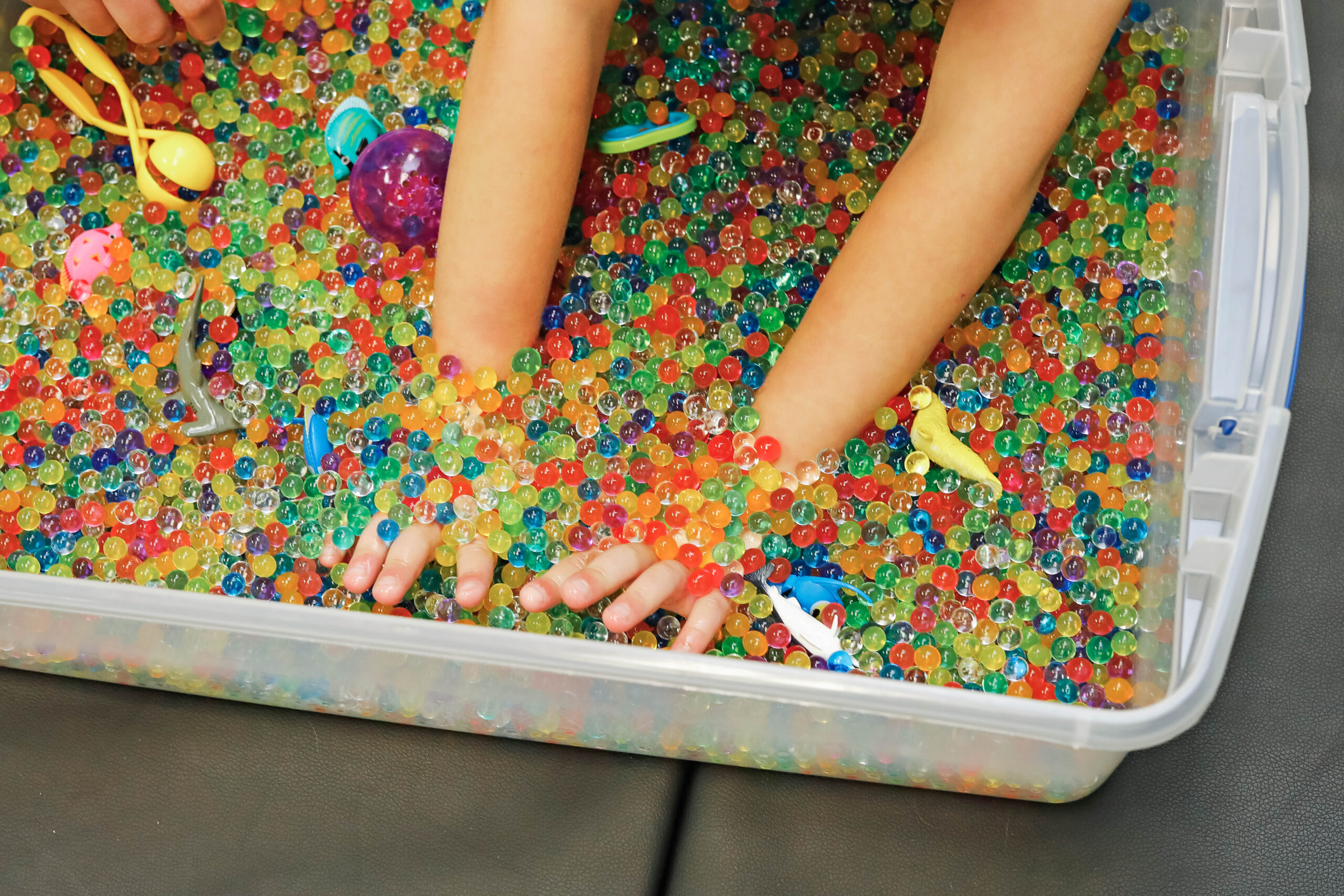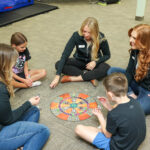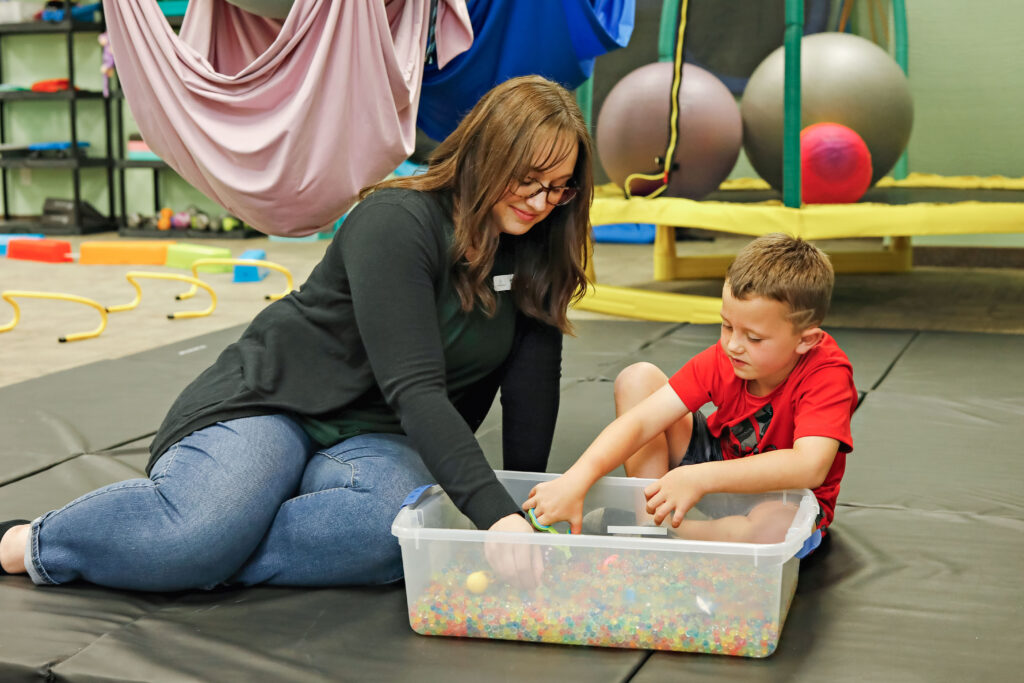
Thanksgiving is this week and you know what that means? If you’re thinking about all the preparation, cooking, and increased food intake then you guessed right! Eating and mealtime, especially during the holidays, is a multi-sensory experience that children with sensory differences may have increased challenges with. Sight, smell, taste, and touch are all factors to be considered when your child is having increased behavioral reactions around food.
Below are some ideas to increase food intake:
-
Give the child a verbal warning that cooking will begin and give them time to make adjustments as needed.
-
Limit spices.Try to limit spices when cooking, especially those that are non-preferred. You can slowly add spices in as the child becomes more tolerant.
-
Use sauces and condiments as a support tool. This can be a way to mask foods or damper the taste of non-preferred choices. For example, a little ranch with carrots or broccoli.
-
Buying foot art and fun plates/utensils.There are “race your food to the end” plates you can buy on amazon, something like this is a fun and motivating way to increase food intake.
-
Try smaller bowls, plates, and utensils.This can help the child feel less overwhelmed with the amount they need to eat.
-
Colder foods do not smell as strong as hot foods. If you can serve foods cooler, this can help dampen the smell.
-
Remove the child from areas that have strong food orders such as the kitchen. You can also open windows and doors.
-
Increase “messy play”. Incorporating things like water beads, slime, kinetic sand, playdough, rice, beans, and corn are all ways to decrease tactile hyper-sensitivity. Allowing children to play with their food can increase food intake. For example, you can have your child drive their monster trucks though mashed potatoes.
-
Add scents to messy play. Adding essential oils or playing with scented playdough.
-
Create fun scratch and sniffs or sniffing jars to help children process different smells.
-
Allow the child to have as much control as possible. It could be as simple as what plate they use or their choice of beverage to letting them choose a few preferred choices on their plate.
-
Always honor the child’s responses to food and validate their feelings.
-
Never force a child to participate in eating the food until they are ready. Even just having the food on their plate is a win in itself!







No comment yet, add your voice below!